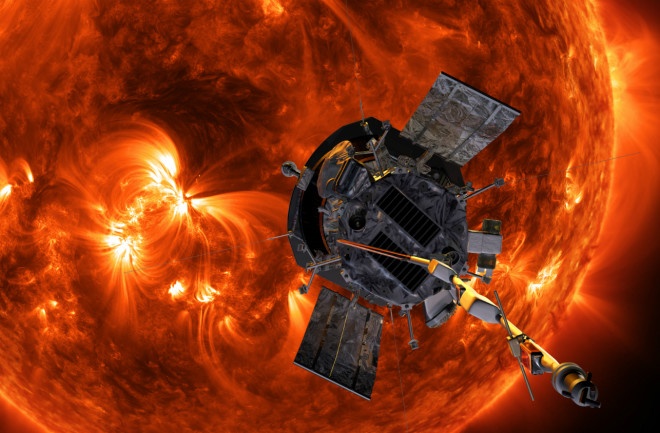As the Parker Solar Probe spacecraft swoops breathtakingly close to the Sun, it is subjected to temperatures of nearly 2,500 degrees Fahrenheit.
The probe was built to withstand these unimaginably harsh conditions so its intruments could send home valuable information about a host of solar phenomena that affect us here on Earth. These include gargantuan explosions of energy and plasma, as well as the solar wind — billions of tons of charged particles that blow past Earth at a million miles per hour.
By getting so incredibly close to the Sun, NASA's Parker Solar Probe is able to provide valuable new information about these phenomena, which can agitate Earth's magnetic field, triggering serious disruptions to satellites, communications networks, and power systems.








